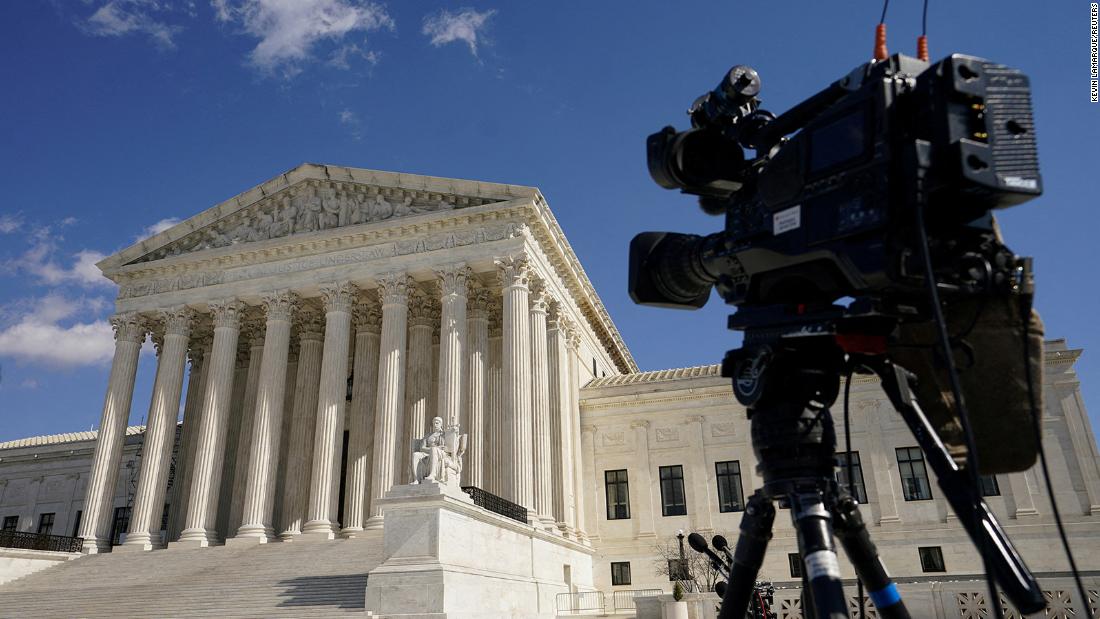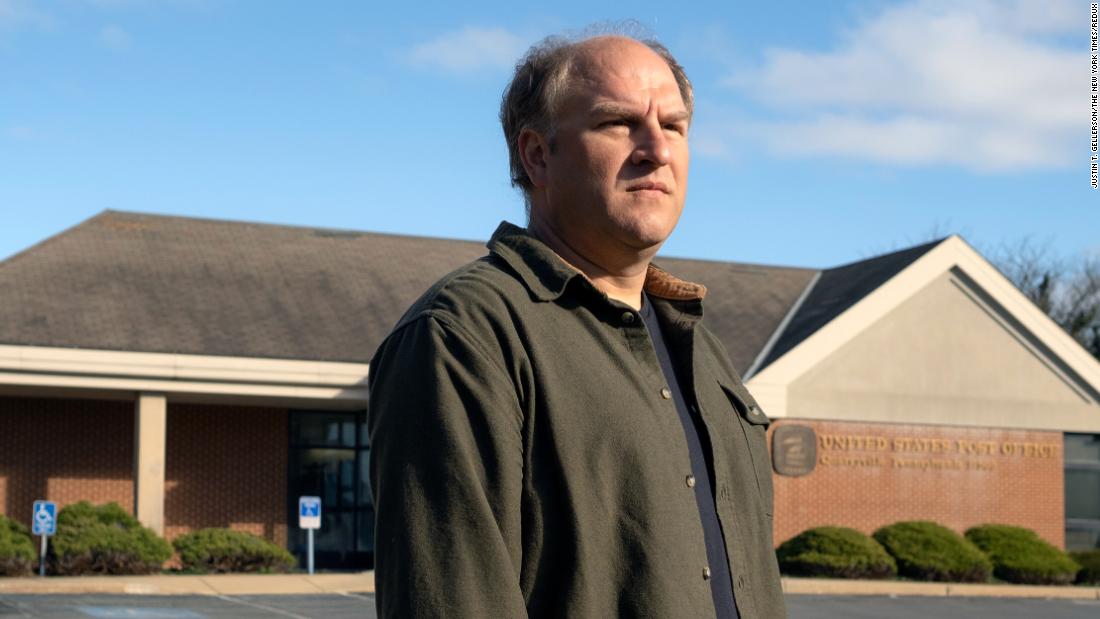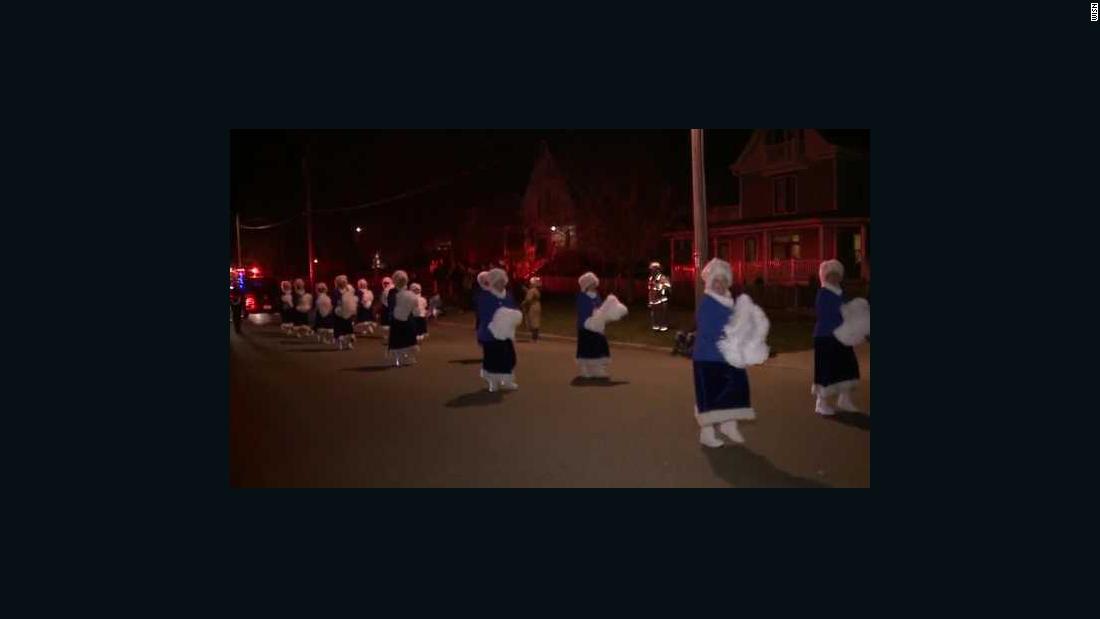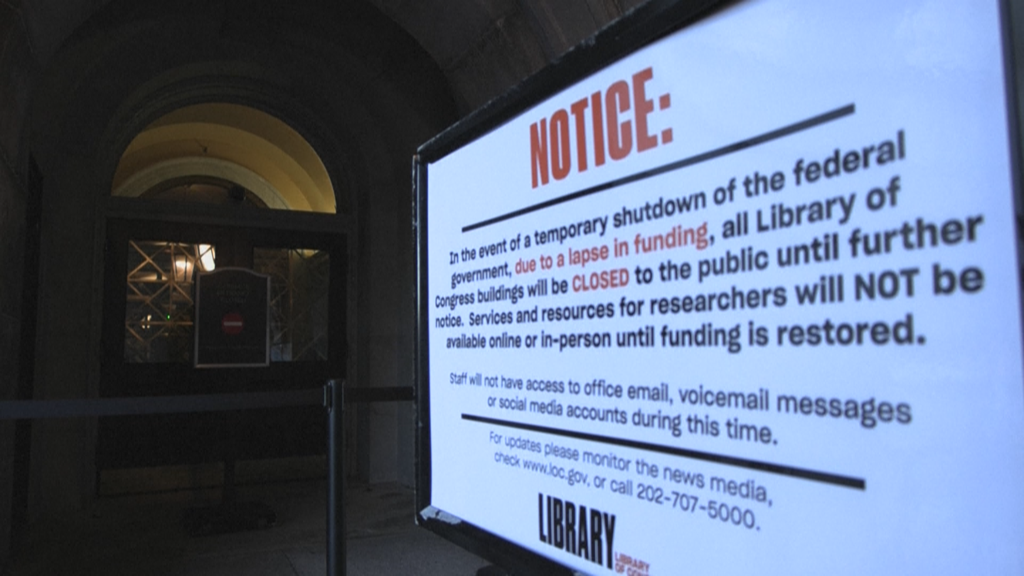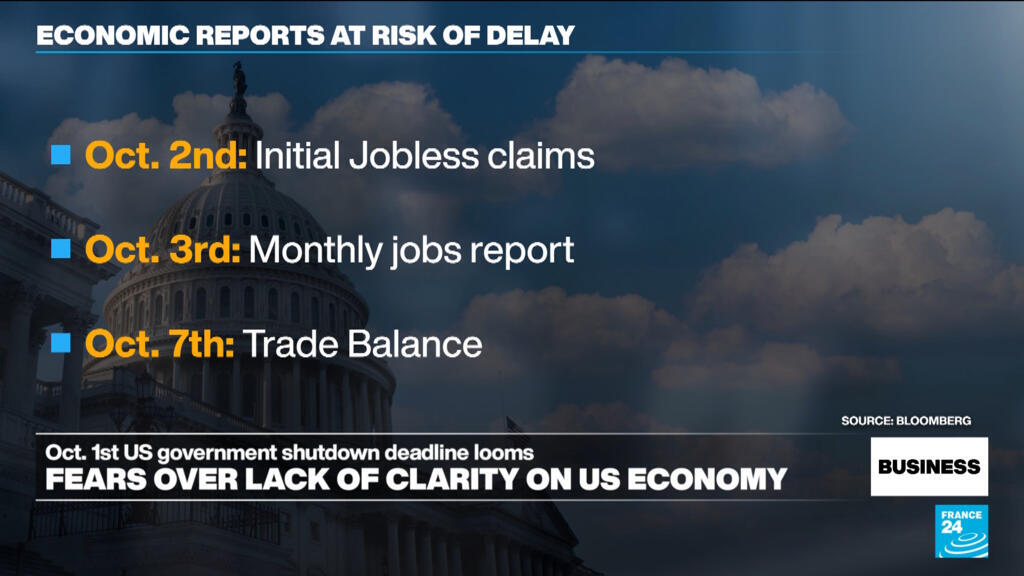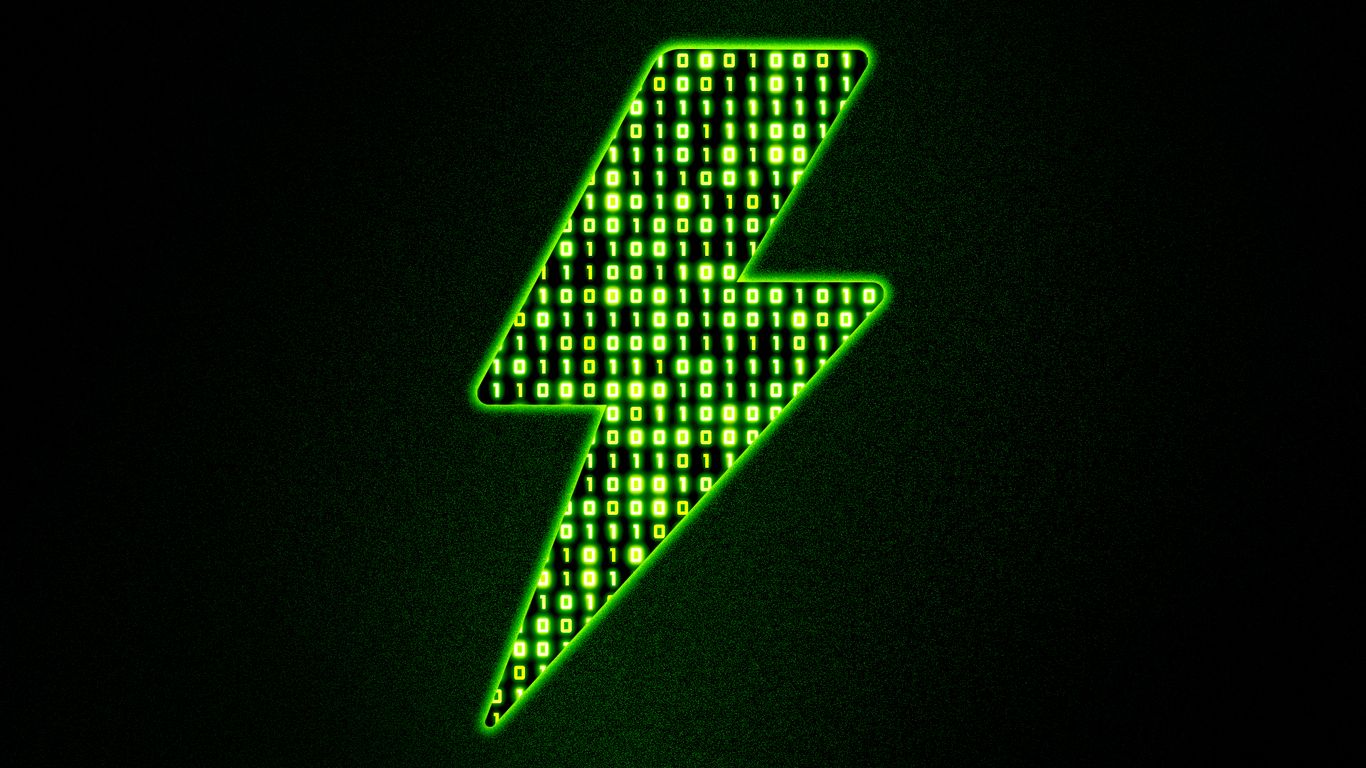A first in the country: Pearland Police pioneering autonomous drones responding to emergencies
In Pearland, police don’t always rush to emergencies in patrol cars. Sometimes, it’s a drone that gets there first.
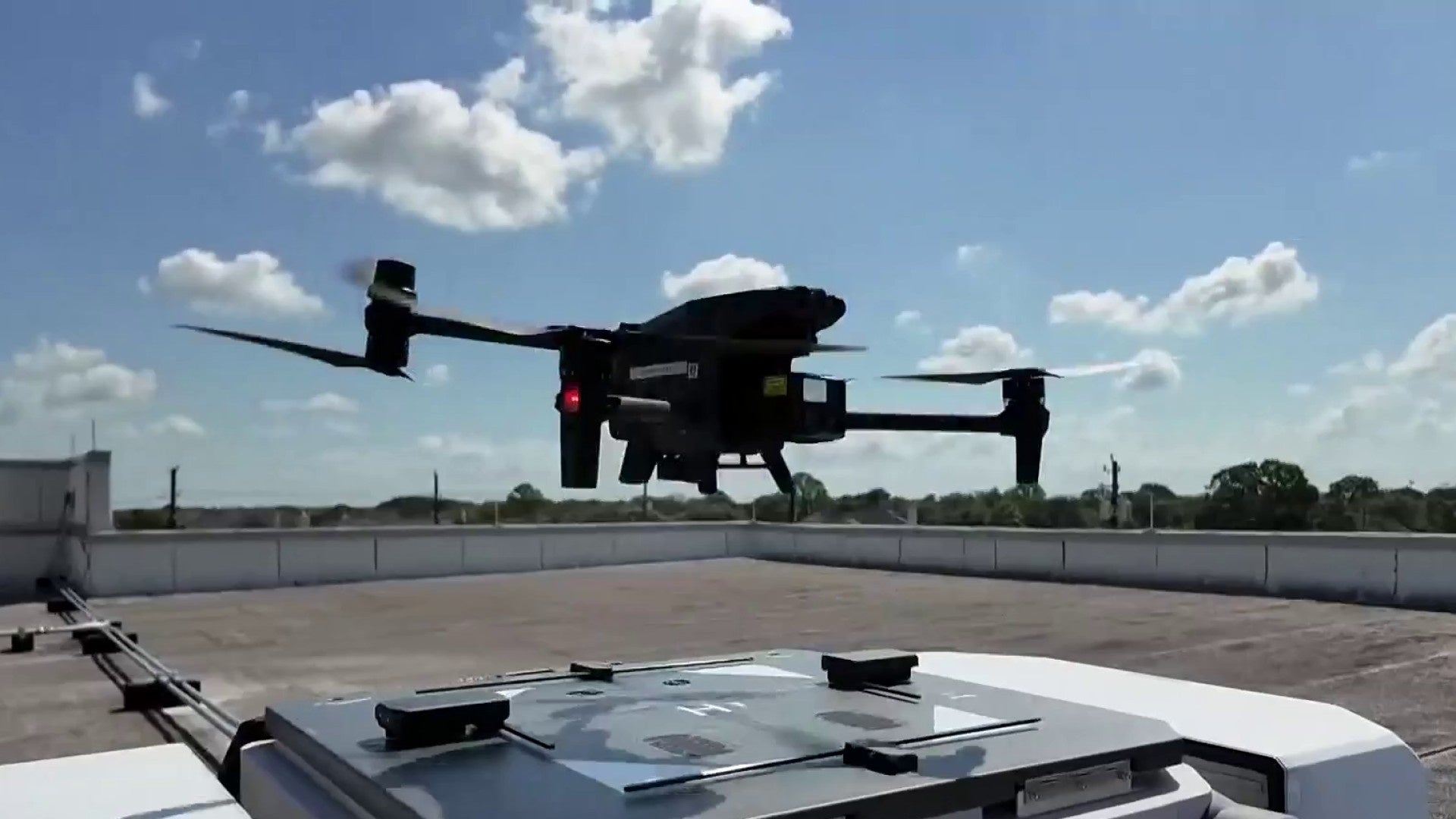
In Pearland, police don’t always rush to emergencies in patrol cars. Sometimes, it’s a drone that gets there first.
With a Federal Aviation Administration waiver issued in 2023, Pearland Police can launch drones without an officer on-site.
The drones are positioned throughout the city and can fly autonomously to calls.
“Just hit launch and the drone starts doing the work for you,” Officer Matthew Marshall said.
They have three drones that are placed on the roof of buildings or in open areas that provide a clear takeoff area.
“We don’t have to have somebody right then and there,” Sgt. Felix Williams said.
The drones have been able to respond to roughly 80% of major calls in Pearland.
“There could be a time where you’re getting maybe one call an hour. And I’ve also been as busy where I’m getting a call every 15 minutes,” Ofc. Marshall said.
Drones reach emergency scenes in just over two minutes, often faster than patrol cars.
Officers can take manual control from their vehicles or the department’s real-time crime center. They fly the drones using - believe it or not - a controller for a video game system.
“We have a PlayStation controller that works just fine,” Marshall said.
The program has drawn attention from other agencies, including international visitors.
“Our most recent visitors were from Western Australia,” Williams said.
Beyond routine patrols
Pearland’s drones were deployed during the devastating Hill Country floods in July, which left multiple people missing, including Camp Mystic camper Cile Steward.
Officer Herbert Oubre described how the drones’ thermal imaging helped investigators.
“This is a thermal reconstruction of a section of the river there in Kerrville,” he said. “The software takes the pixels from these thermal images and looks for differences in the heat signature.”
Oubre added that these differences can reveal unexpected details.
“And those were the off-gasses from decomposition,” he said.
On the first day, one of the teams got an alert using ground-penetrating radar that led to uncovering a deer carcass buried by the storm.
A model for the future
Pearland police say their autonomous drone program is now a model for other agencies across the U.S. and abroad, helping communities respond faster and more efficiently to emergencies.
“That’s all automated,” Oubre said, describing the drone taking off and flying to an open field nearby.
By combining real-time aerial data, thermal imaging, and autonomous navigation, Pearland police are showing how technology can extend human response and save crucial time when every second counts.
Right now, the drones are limited to a certain radius. However, that could change as technology improves and the FAA advances their rules.





